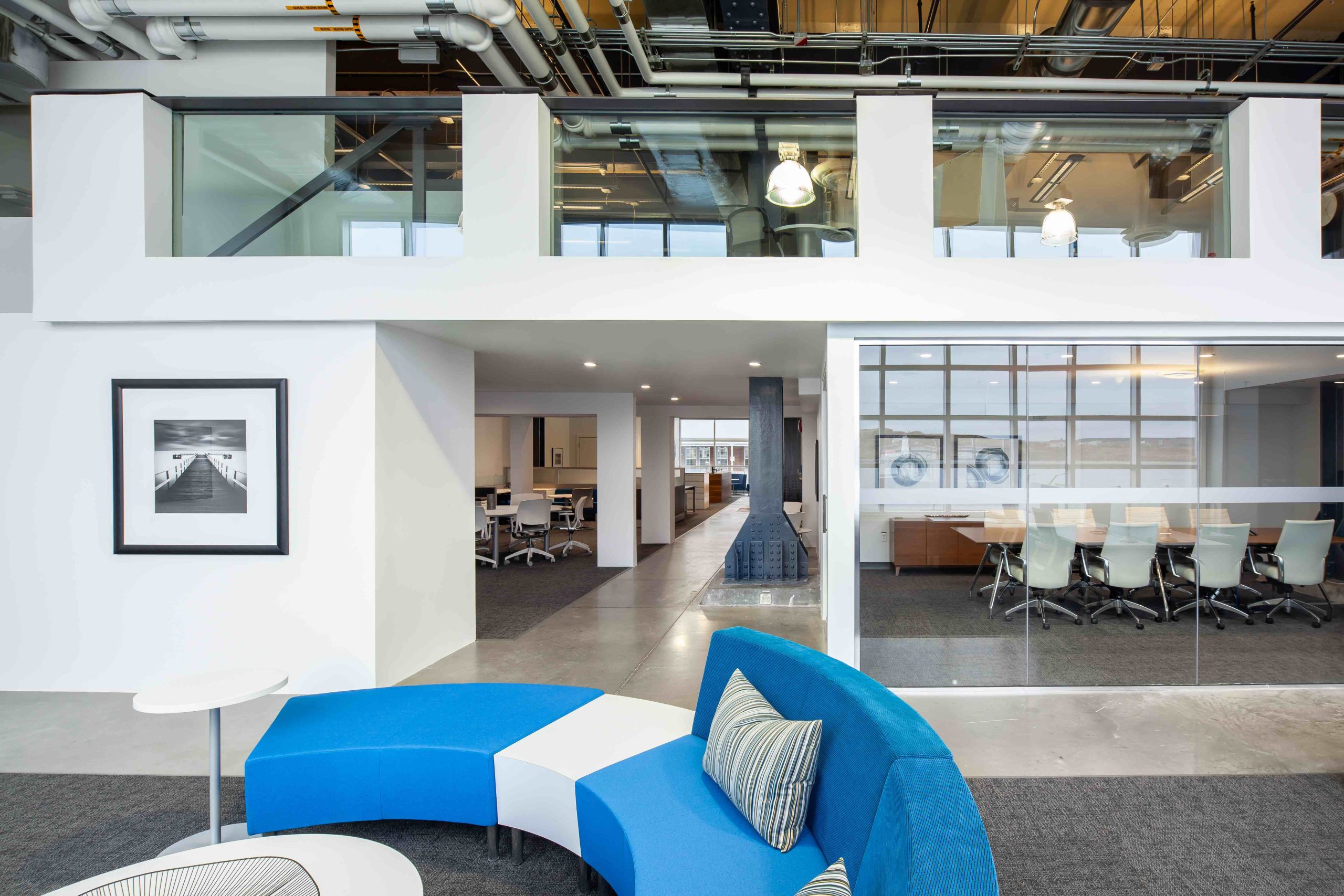
When we think about disability, we may picture someone with a visual difference, that differentiate ourselves from that individual based on our different abilities. It’s in our nature to focus on ourselves. For those that live without disability, it can be difficult to keep in mind all the areas in which someone might need support. Take the stairs, for example, without a second thought, but when you hurt your foot, or break a leg, you’re suddenly wildly aware of how many stairs you take every day.
The design world continues to update building codes and standards with metrics that support an increasingly diverse user group. And yet of the 8 million Canadians with disabilities (27% of the population), a majority report often experiencing barriers due to their disability. Perhaps this is because accessibility standards focus on the physical, like clearance space, mounting heights, and lighting levels. Necessary support for different cognitive and emotional levels is often underused because these needs are unseen and therefore difficult to quantify.
How can we better support these members of our community with unseen differences? Perhaps by expanding our definition of accessibility to be more flexible, we can create spaces that are not only accessible, but inclusive. Spaces that are modular, multi-purpose, and that prioritize individual user control can allow for a multitude of different needs to be met, not just between users, but for our own changing needs from day to day.
Examples of inclusive design can be seen around the world. During the Pandemic, major grocery stores implemented special shopping hours for seniors and those most vulnerable to the virus. They dimmed the lights, played softer music, and opened more checkout lanes to prevent prolonged standing which could be difficult for seniors with mobility difficulties.
Environments for people with Autism Spectrum Disorder like the New Straun Centre for Autism, a school for children with ASD, often minimize direct lighting, using window coverings during peak daylight hours to reduce the intensity of light which can be overwhelming for people who process sensory information differently. Instead, designers focus on tactile stimulation through textured materials and haptic feedback technology, allowing the children to be in control of their interaction with their environment.
Designing for inclusivity means designing for flexibility. Considering the spatial impact on all the senses and implementing strategies to mitigate this impact allows a greater number of users to feel welcome in a space. In doing so, we demonstrate that different needs are not what separate us, but what unite us. We all have different needs, from person to person and day to day. In designing for inclusivity, we can create a more supportive and understanding world.
References:
Disability Inclusion and Accessibility infographic – 2021 – Canada.ca
The Daily — Canadian Survey on Disability, 2017 to 2022 (statcan.gc.ca)